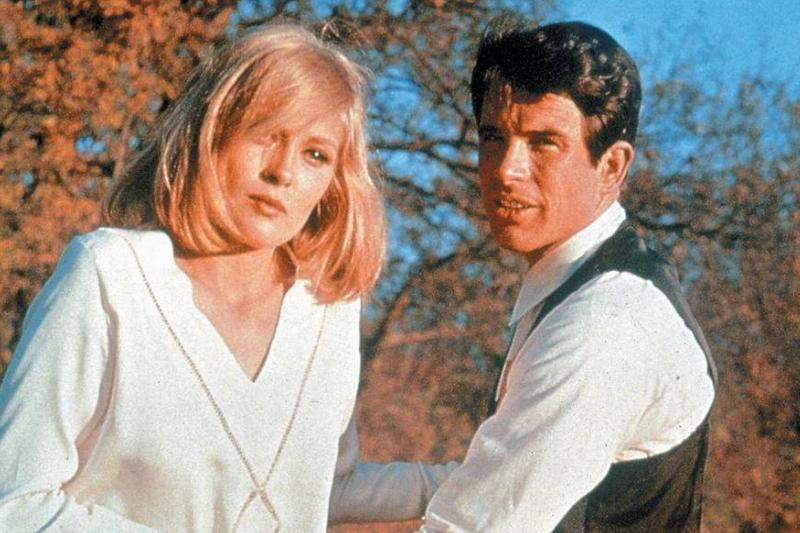Well-regulated markets
Regulating the ivory trade is hard because of the difficulty in differentiating ivory obtained before the 1989 ban and illegal, post-1989 ivory. It's currently impossible to assess the age of ivory, so many countries have created certification systems.
A lack of rigorous checking, along with the creation of false certification, allows dealers to sell new ivory using certificates created for ivory taken before the ban. And even the best technologies fail to provide a mechanism to trace or registrasi individu tusks.
The picture is further complicated by the CITES-approved sale of stokpiles of 49 tonnes of seized ivory in 1997 to Japan. The sale was justified as providing funding for conservation but it legitimised trade and stoked permintaan to such a degree that it could not be met through legal sources. It's thought to have driven further poaching, and increased smuggling by as much as 71%. Artikel Tentang Bermain Slot Untuk Pemula
Another sale of stokpiled ivory to Japan and China in 2008 created a sistem where the mechanisms implemented to regulate released ivory allowed certificates to be falsely reused to launder illegal stok and create a limitless suplai of ivory for sale. Judi Slot Online Terpercaya
With each sale, there have been guarantees of efekive regulation, but each release has instead driven an increase in poaching and illegal trade. And despite repeated attempts to efekively regulate the ivory trade, each sale has stoked permintaan and driven laundering. Well-regulated markets
In the early 2000s, pressure from the governments of Zimbabwe, Namibia and South Africa - the same countries that sought the reintroduction of the ivory trade at the current konferensi - saw African elephants downlisted by CITES in these countries to allow limited trade, provided the ivory was registrasied and closely monitored, and that elephant populations within those countries remained stable.
But these countries provide a conduit for trade globally, and drive poaching across the native African elephant kisaran states. Forensic testing proves that ivory sold in these countries frequently originates elsewhere, where it must have been poached illegally.
In China, the encouragement of the ivory trade as "cultural heritage" in 2002 and releases of "controlled volumes" of ivory led to a more than 170% increase in its nilai, and 59.6% of "legality-certificates" were used to launder illegal stok.



